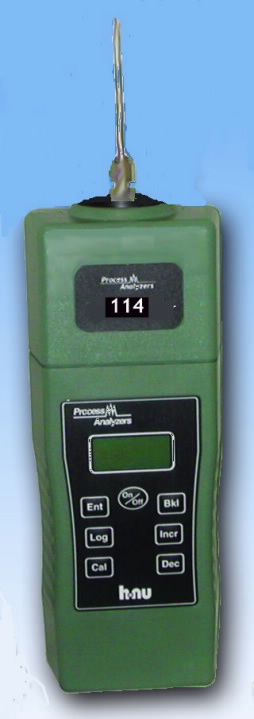EMBARGOED FOR RELEASE | August 22, 2012
New device monitors schoolroom air for carbon dioxide levels that may make kids drowsy
Note to journalists: Please report that this research was presented at a meeting of the American Chemical Society.
PHILADELPHIA, Aug. 22, 2012 — With nearly 55 million students, teachers and school staff about to return to elementary and secondary school classrooms, scientists today described a new hand-held sensor ― practical enough for wide use ― that could keep classroom air fresher and kids more alert for learning.
They reported on the device at the 244th National Meeting & Exposition of the American Chemical Society, the world’s largest scientific society, being held here this week. The sensor detects the amount of carbon dioxide (CO2) in classroom air. The average person in the course of normal breathing exhales about 2 pounds of that colorless, odorless gas each day.
Media Contact
During Aug. 17-23, the contacts can be reached at 215-418-2086.
Michael Bernstein
202-872-6042
m_bernstein@acs.org
Michael Woods
202-872-6293
m_woods@acs.org
“Poor air quality in school classrooms is a growing concern,” said Jack N. Driscoll, Ph.D., who led the team that developed the sensor at his firm, PID Analyzers, LLC, Sandwich, Mass. “Many school districts are in the midst of budget crunches that have delayed construction of new facilities. As a result, school classrooms are getting more crowded, with occupancy levels as high as one person for every 40 square feet. The average office worker has about 140 square feet of space.”
Energy conservation is another factor, Driscoll said, noting that newer school buildings are more tightly sealed against drafts. Unless heating and air-conditioning systems are ventilating the building properly, stale air can get trapped in classrooms. For example, in the past, air in the typical school classroom was refreshed 4-6 times an hour. In energy-efficient classrooms, there may be only 1-2 exchanges per hour.
The new so-called “dual-beam” sensor is simpler and less expensive than past CO2 monitors and more stable than those so-called “single-beam sensors.” It requires calibration to ensure accuracy only once or twice a year, compared to weekly calibrations for existing devices. Driscoll added that the new sensor is simple enough for anyone to operate, and can collect data for up to 450 hours. The remedy for poor classroom air quality often is simple and inexpensive, he added. It may involve replacing dirty air filters or adjusting the speed of blowers in the heating or air conditioning system.
To automatically receive news releases from the American Chemical Society contact newsroom@acs.org.
###


